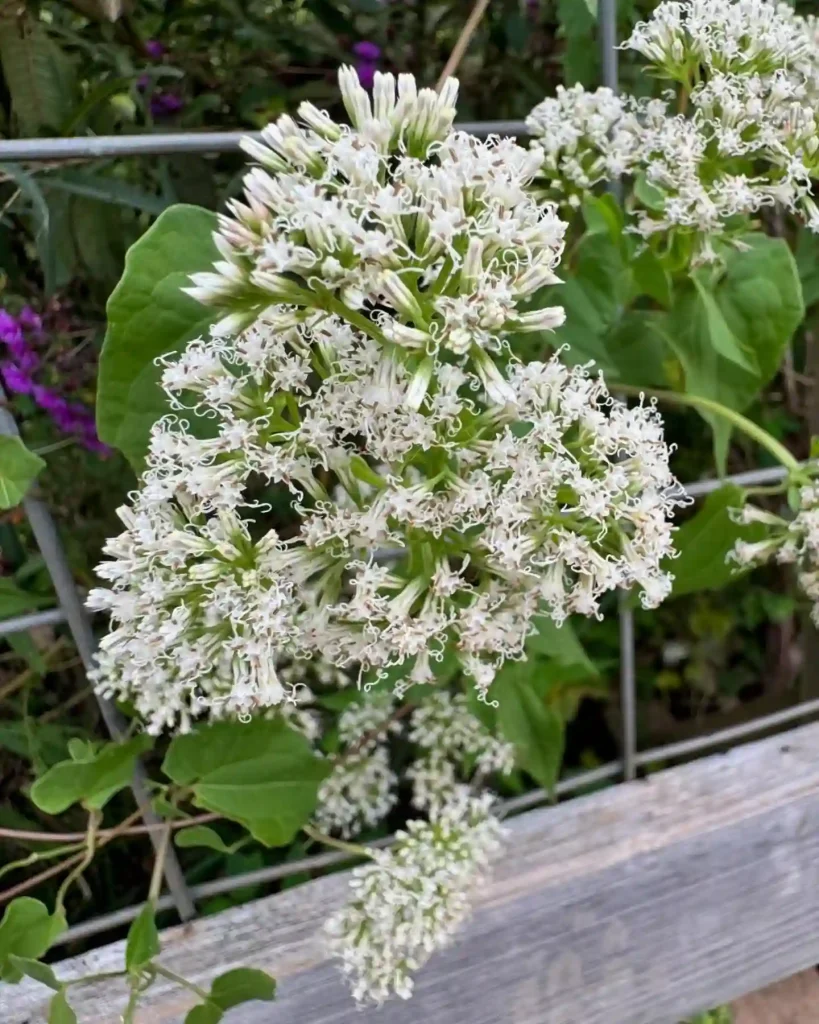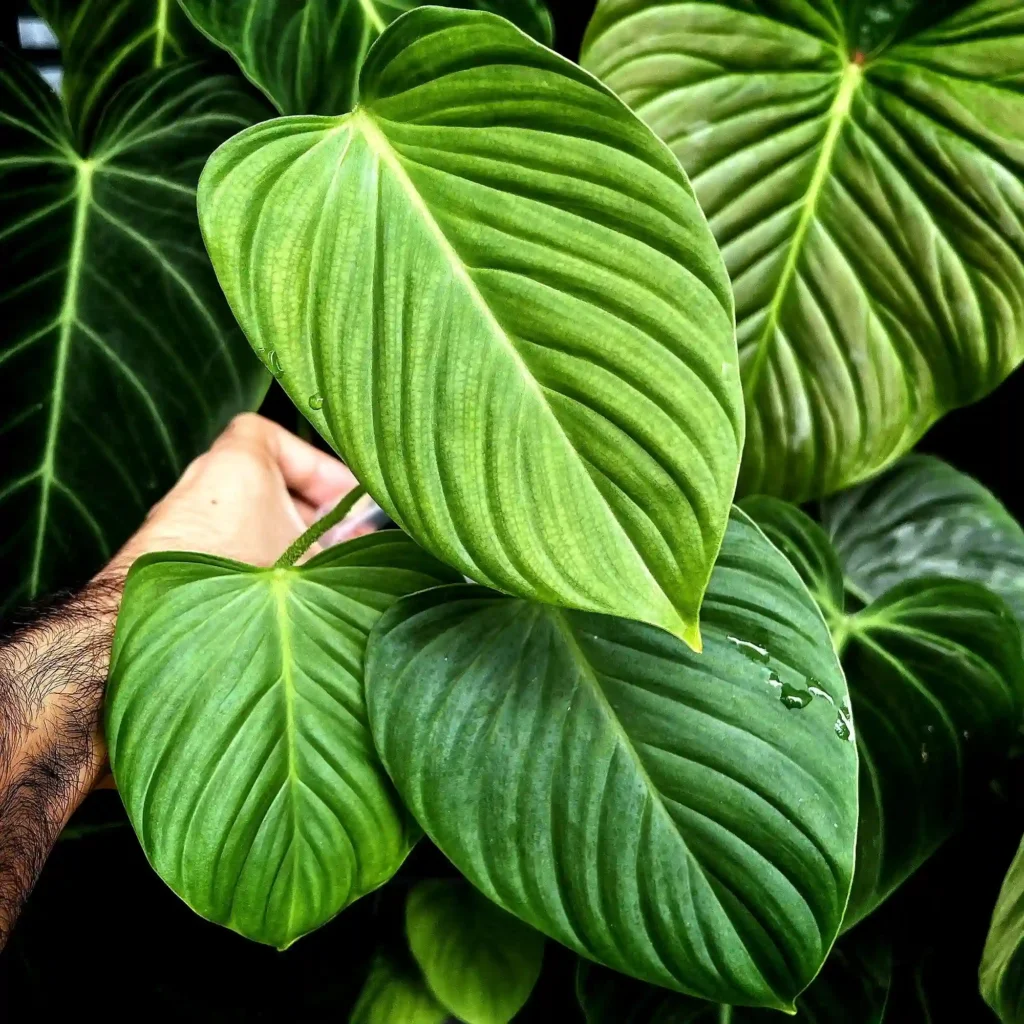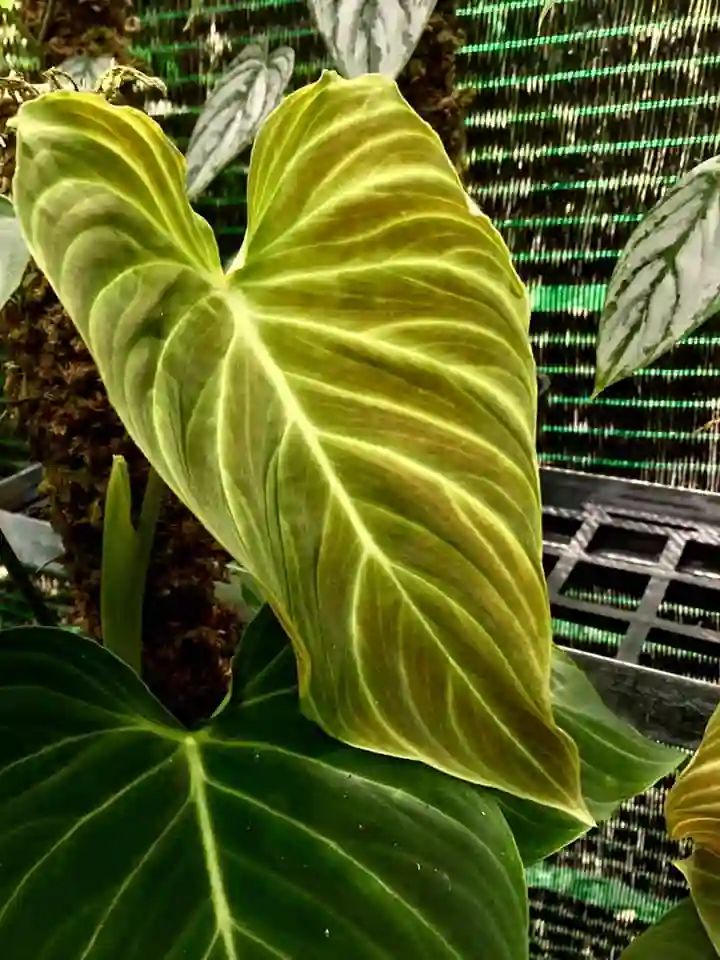A California Native: My Adventures with Rhus Integrifolia
The first time I encountered the Rhus integrifolia, it was cloaked in the golden light of a setting California sun. Its evergreen leaves, a vibrant emerald green, shimmered against the backdrop of the chaparral. This wasn’t your average bush; it exuded a quiet strength, its branches reaching out with a determined grace. Little did I know, this encounter would spark a fascination with this remarkable California native.
56 Species in Genus Rhus – Sumac
Rhus integrifolia vs rhus ovata
I’ve grown Rhus integrifolia and found it to have a more open, sprawling form compared to the dense, rounded shape of Rhus ovata. The integrifolia has this lovely, airy look that makes it great for filling space without feeling overwhelming, while the ovata’s compact, bushy growth makes it perfect for creating a dense hedge or backdrop. I’ve also noticed that the integrifolia seems a bit more tolerant of drought, while the ovata thrives with a bit more regular watering and care. Both have their charm, but the Rhus ovata’s thick, leathery leaves and overall sturdiness make it my favorite for creating a resilient, low-maintenance landscape.
How to Pronounce Rhus Integrifolia?
Let’s start with the most common question: how do you say that tongue-twister of a name? (Rhus Integrifolia). Well, break it down phonetically. “Rhus” sounds like “rhyme” with a silent “e” at the end. “Integrifolia” is a bit trickier. Try “in-TEG-ri-FO-li-ah.” Now, go ahead and practice, impress your friends with your newfound botanical knowledge!
Are Rhus Integrifolia Native to Scripps Knoll?
If you’re lucky enough to live near the stunning Scripps Knoll in San Diego, you might find yourself surrounded by these beauties. The good news? Rhus integrifolia is indeed native to the coastal sage scrub habitat found in Scripps Knoll and other parts of Southern California. These shrubs have thrived in this environment for centuries, playing a vital role in the local ecosystem.
How Much Sun Does the Rhus Integrifolia Need?
Given its native habitat, it’s no surprise that Rhus integrifolia is a sun worshiper. Think full sun, at least six hours a day. These shrubs bask in the California sunshine, using it to fuel their growth and produce the beautiful red berries that become a feast for wildlife later in the season.
Is Rhus Integrifolia Fire Resistant?
Unfortunately, wildfires are a terrifying reality in California. The good news is that Rhus integrifolia possesses some fire resistance. Its thick leaves and ability to sprout from underground burls after a fire help it survive and even contribute to the regeneration of the post-fire landscape.
Are Rhus Integrifolia Invasive?
While Rhus integrifolia thrives in its native Southern California habitat, it’s important to be mindful when planting it elsewhere. In some areas, it can become invasive, crowding out other plants. Before planting a Rhus integrifolia, check with your local authorities to ensure it’s suitable for your environment.
What Animals Eat the Rhus Integrifolia Plant?
The vibrant red berries of the Rhus integrifolia are a welcome sight for many birds, including sparrows, quail, and even mockingbirds. These feathered friends devour the berries, helping to disperse the seeds and ensure the continued existence of this California native.
But beware, the fuzzy coating on the Rhus integrifolia leaves and stems can irritate human skin. So, admire from afar and leave the feasting to our feathered friends.
My Rhus Integrifolia Journey Continues
My journey with Rhus integrifolia has just begun. There’s so much more to learn about this fascinating California native. From its role in the ecosystem to its traditional uses by indigenous people, the Rhus integrifolia holds a wealth of stories waiting to be discovered. So, the next time you encounter this sun-drenched shrub, take a moment to appreciate its beauty and resilience. You might just discover a newfound respect for this California icon.
If i die, water my plants!



